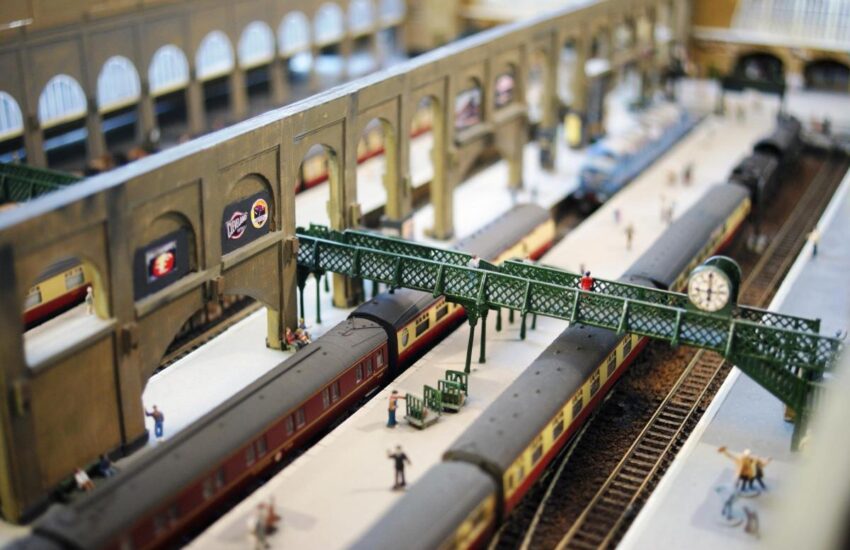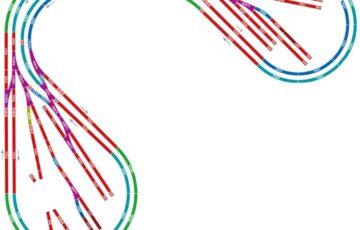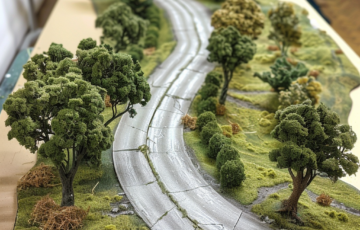Most model railways are designed and created to fit the space we have available at home. That will usually end up being a loop or end to end shunting section. Why not create an exact location? Maybe a railway you were familiar with as a child or a commuting route you now travel daily? It may seem like a challenge to bring to life a real section of railway track, but it is no different to any other railway model. It just requires a few more steps and some patience to get the details correct.
Designing A Real Location on a Model Railway
If you are up for the challenge and decide to plan a model railway layout that is based on a real-life section of track, we have listed a few steps you can take. Take your time, patience is key and try to get as much information as you. If you have any suggestions send us a message as well!
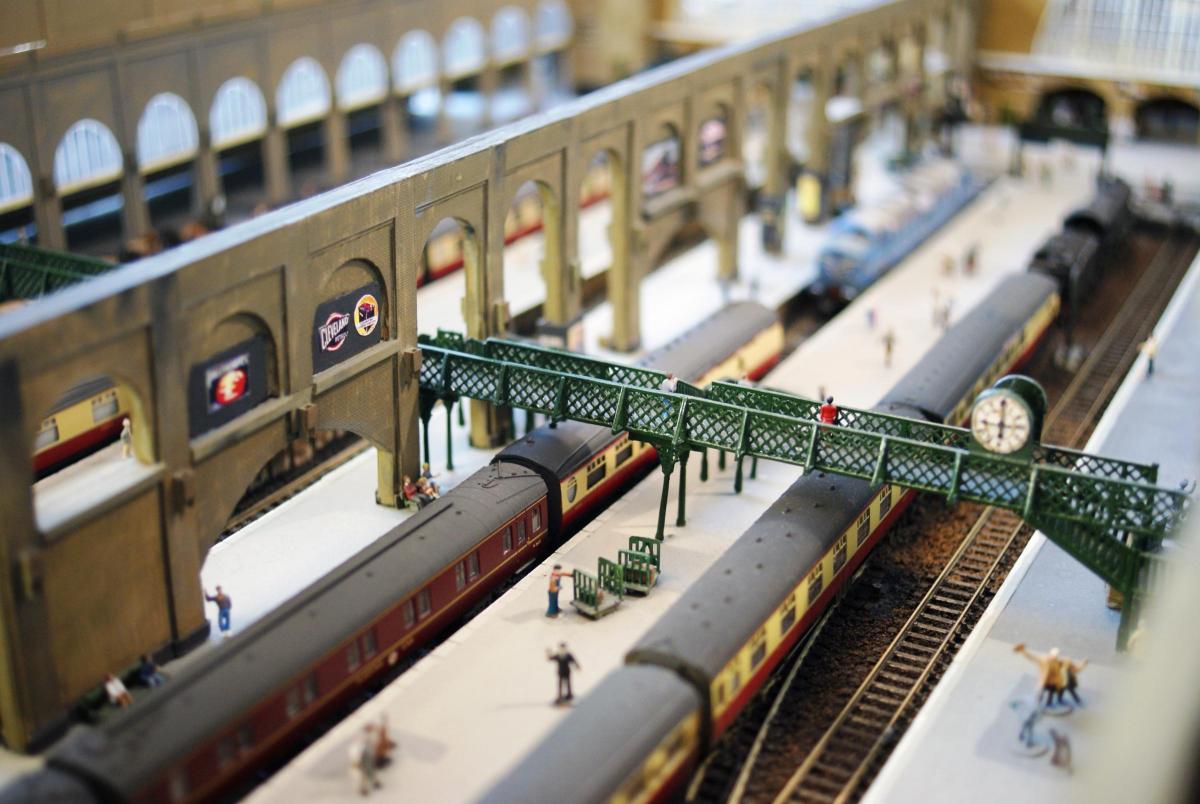
- Research the area. If it is a modern section of track and you live locally, get down there with a camera and take as many pictures as possible. Take note of the scenery, the trees, bushes, colour of the ballast etc. Gather as many photos as you can to help recreate each aspect of the railway, from the surrounding buildings, roads and even any piles of rubbish or litter seen lying around.
- If it is a historical section of railway track a different approach will be required. Books, magazines, maps, and photographs can help you understand the layout of the design and track. Don’t forget local libraries can be a great resource and many of them have their collection available online if you are unable to travel there.
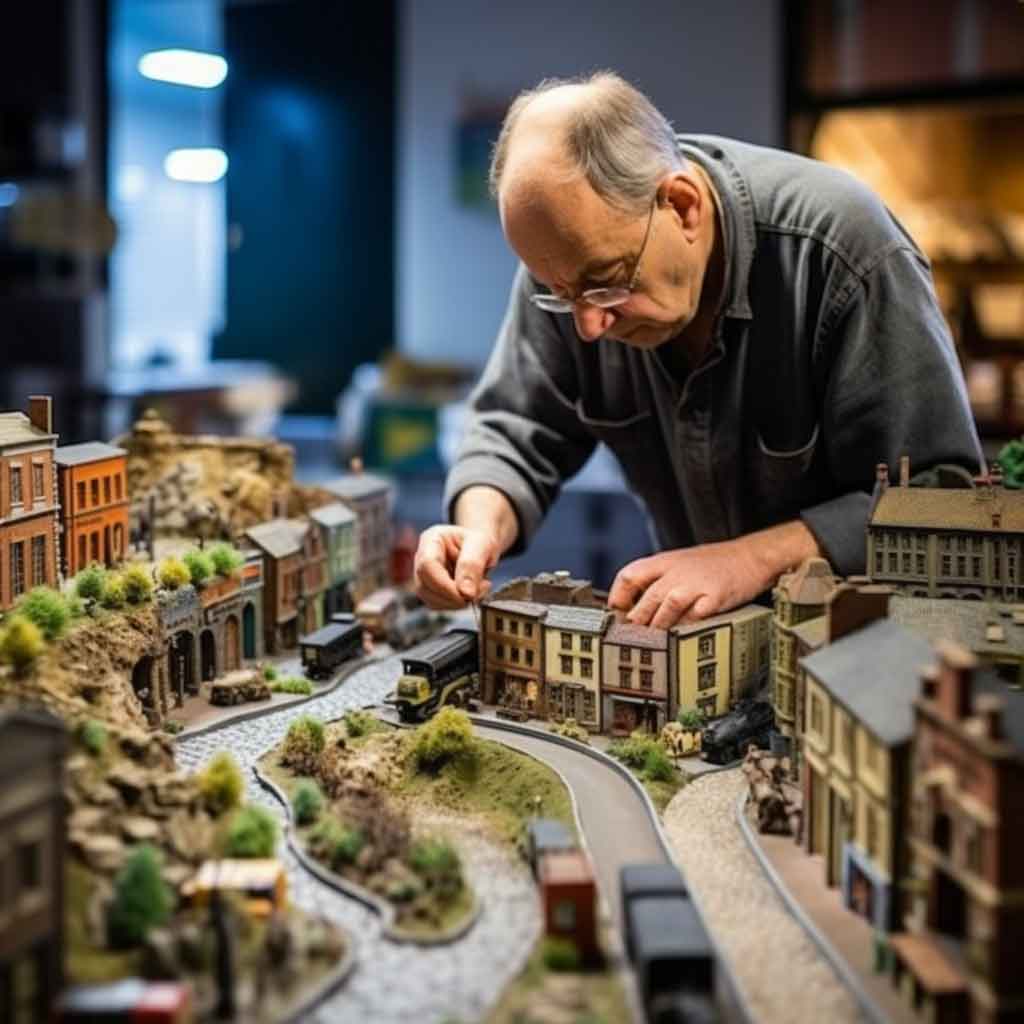
3. Consider the space that you have available to use and determine the scale and scope of your layout. What type of trains ran on that section of track? Factor in the budget and amount of time you are willing to devote to the project.
4. Sketch a rough plan of your layout. Use graph paper of design software (you can find a more detailed guide on design software here) to create a basic plan that shows placement of the track, points, buildings, and other key features. Take the time to recreate the layout of real-life track as accurately as possible, take into account the space and resources you have at your disposal.
5. Once you have the basic plan to work from, create a highly detailed and accurate plan. Include all the necessary trackwork, points and other key features. Track planning software can create highly detailed and accurate plans very quickly.
6. Decide which track system to use. There are many different available track manufacturers to choose from. Some that require traditional cork bed to be laid or Kato track that already has a bed in place. Think about the ease of installation, cost, and reliability of each track system before making a choice. Our track guide here can help.
Time to start building! Using your detailed plan begin the track laying process. Follow your plan carefully and patiently – building a model railway can be a complex and time consuming process, but the end result can be very rewarding.

